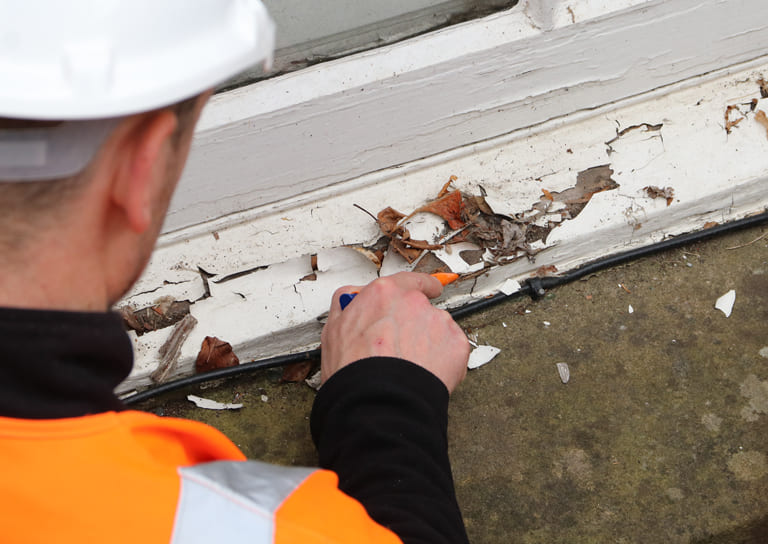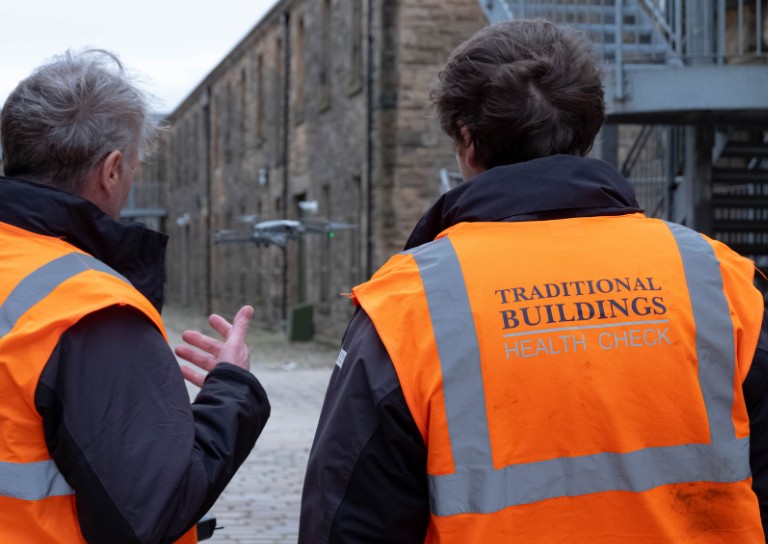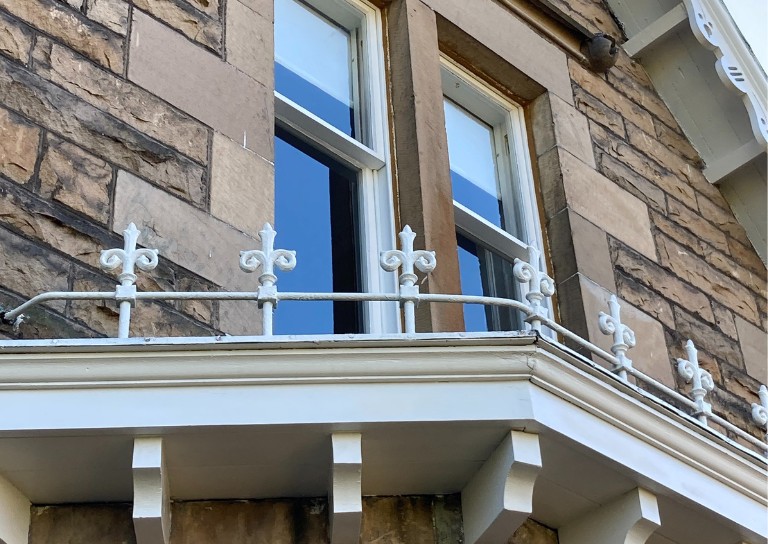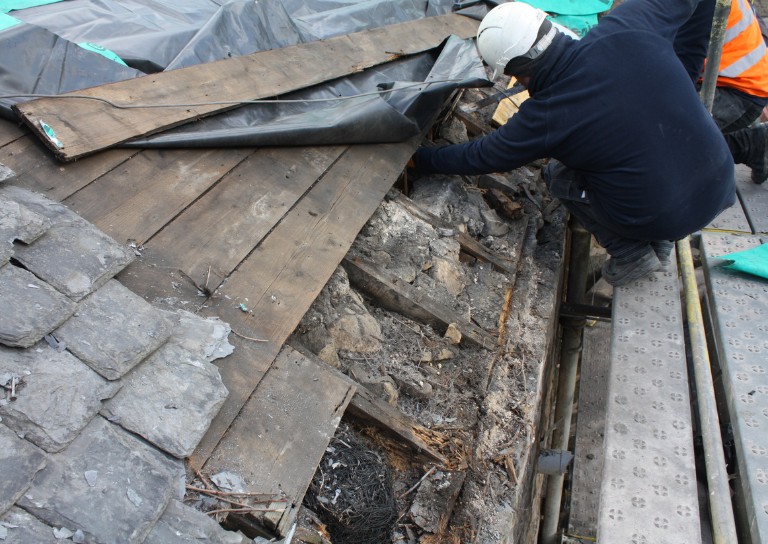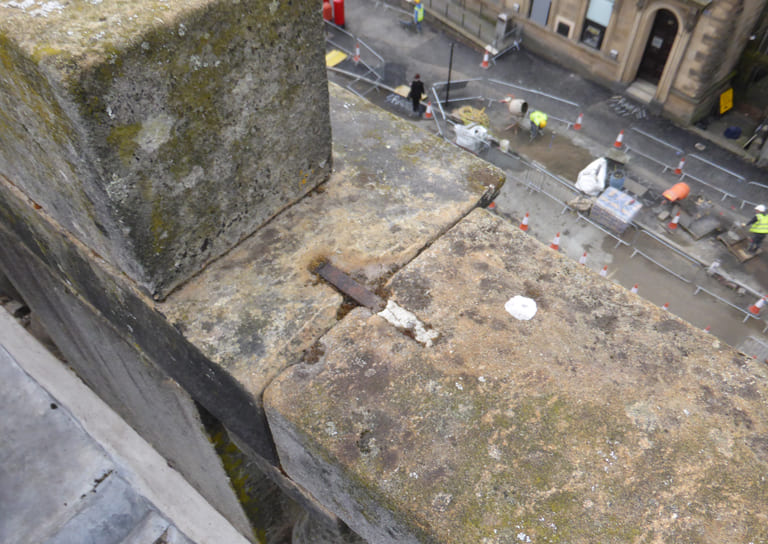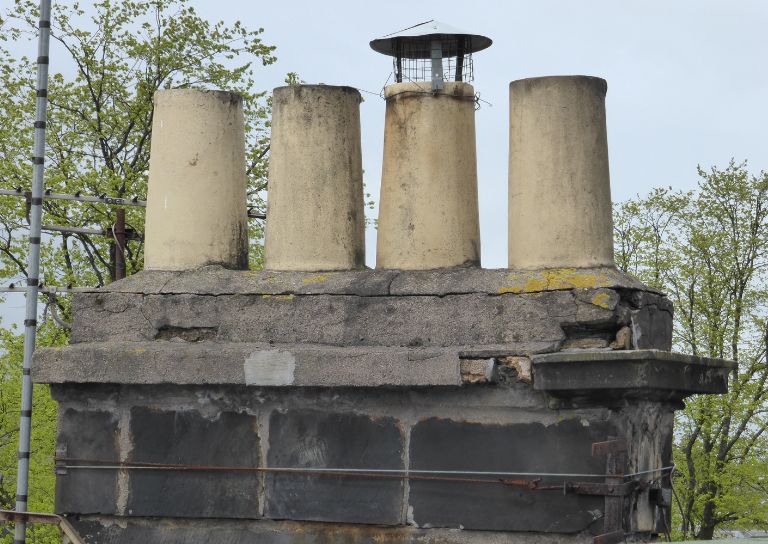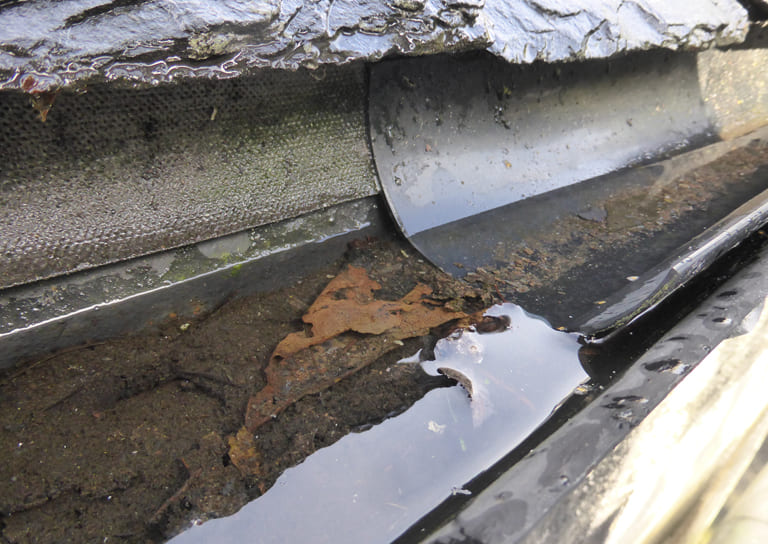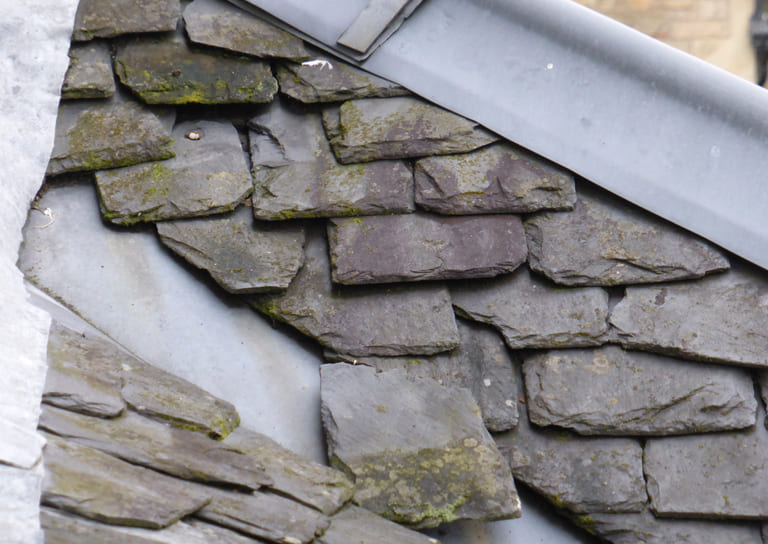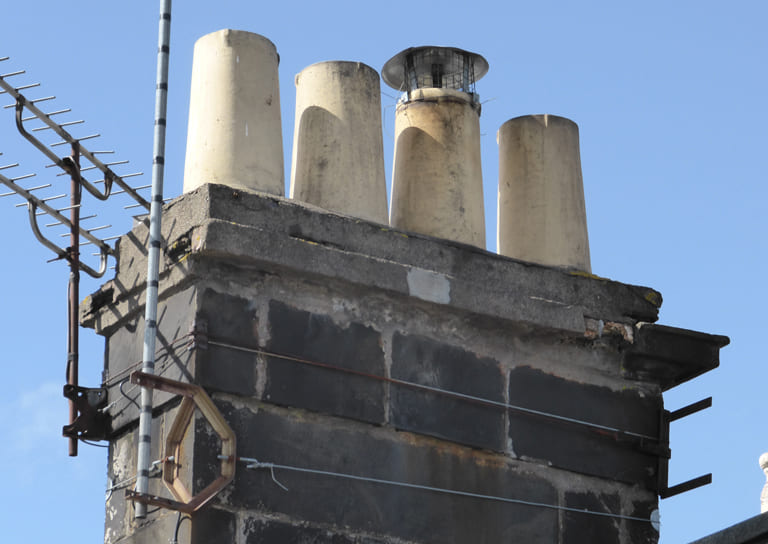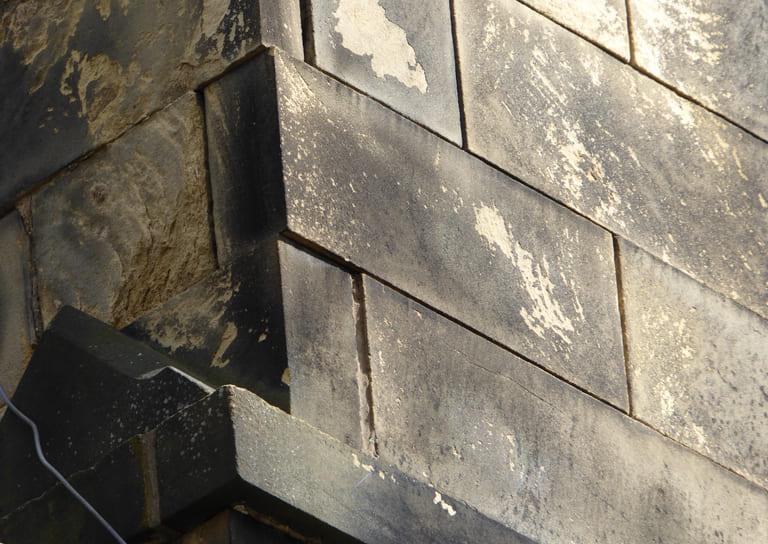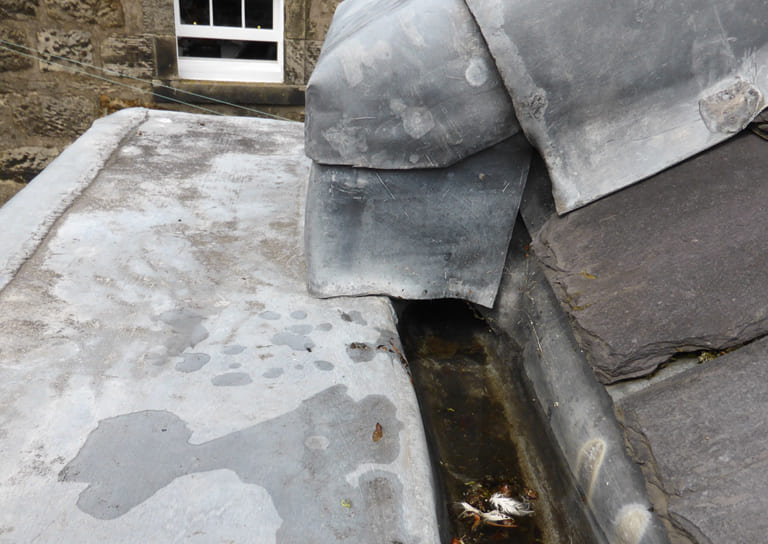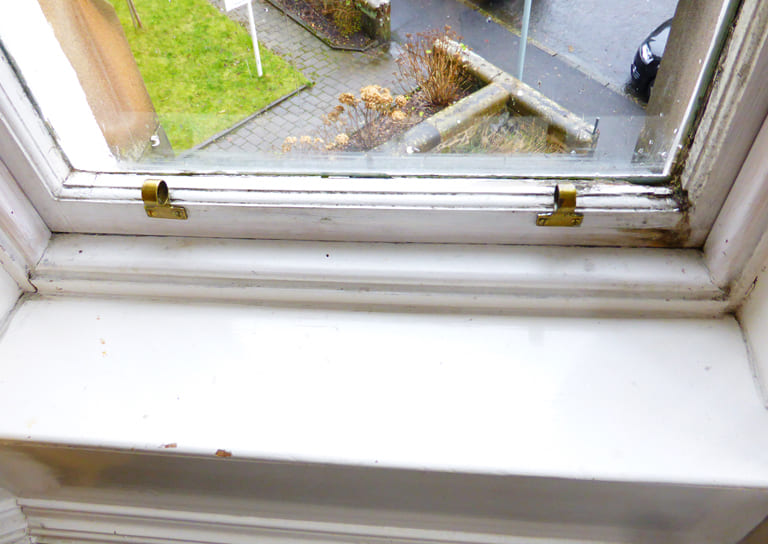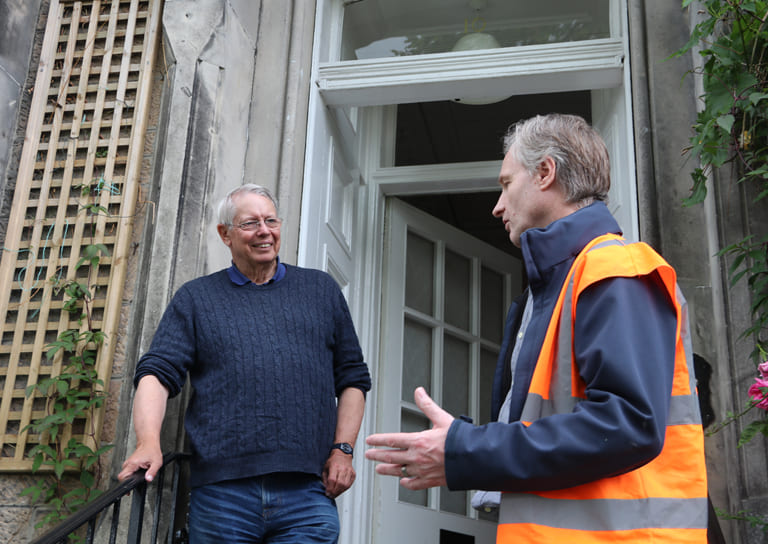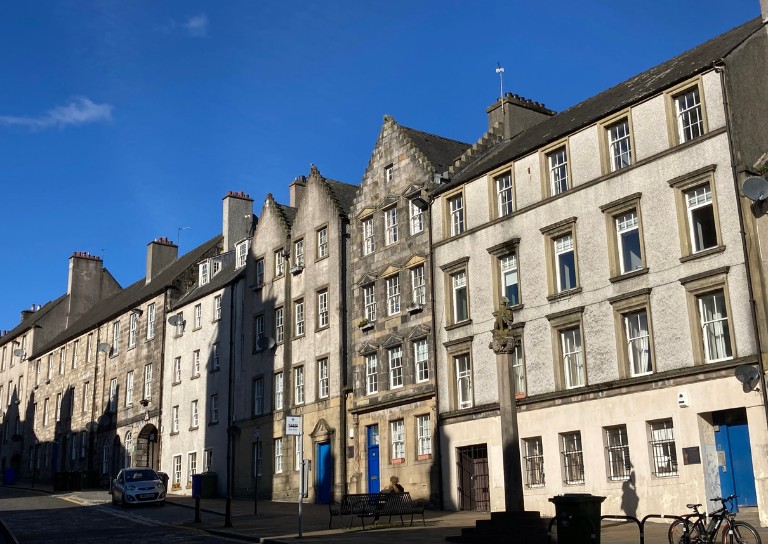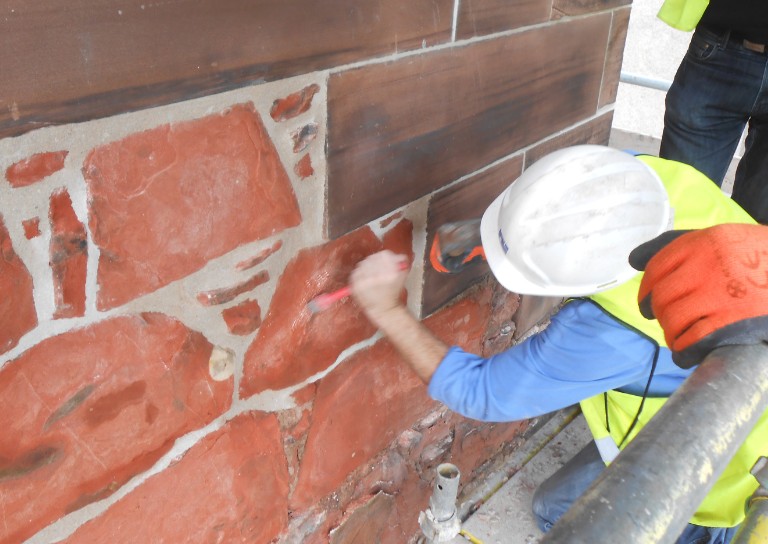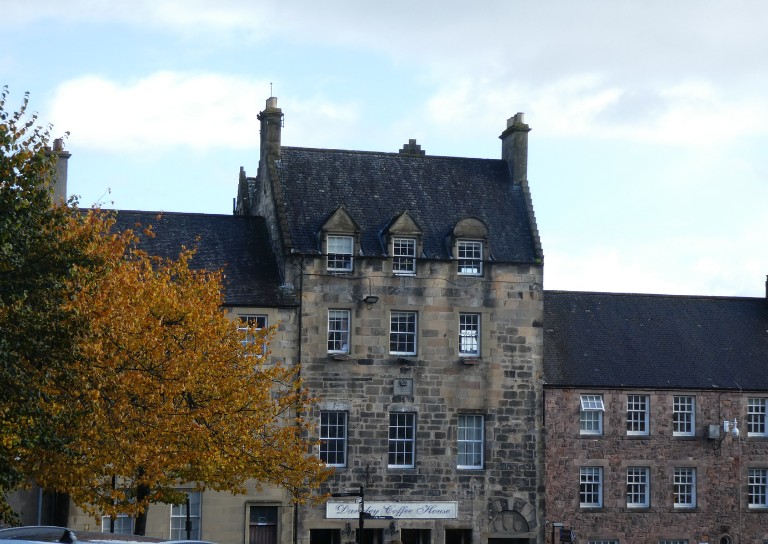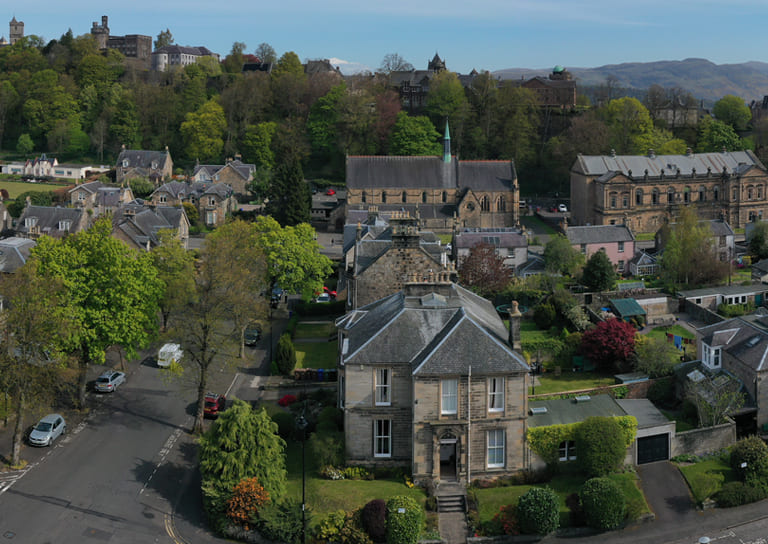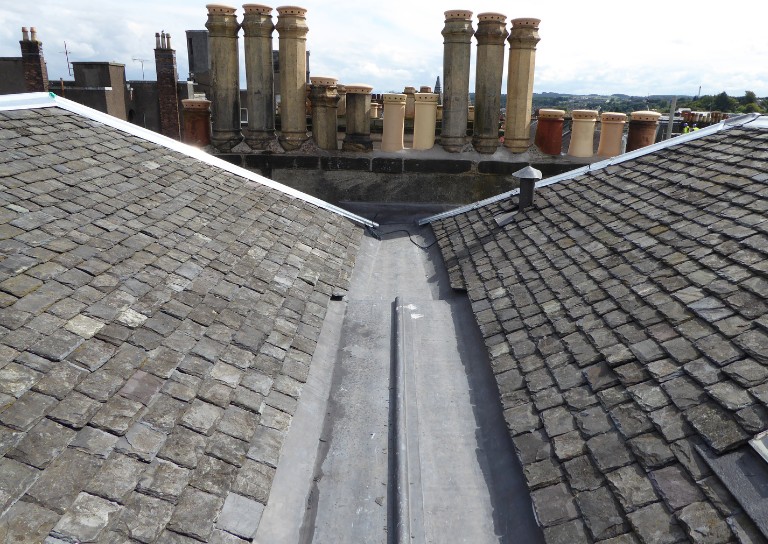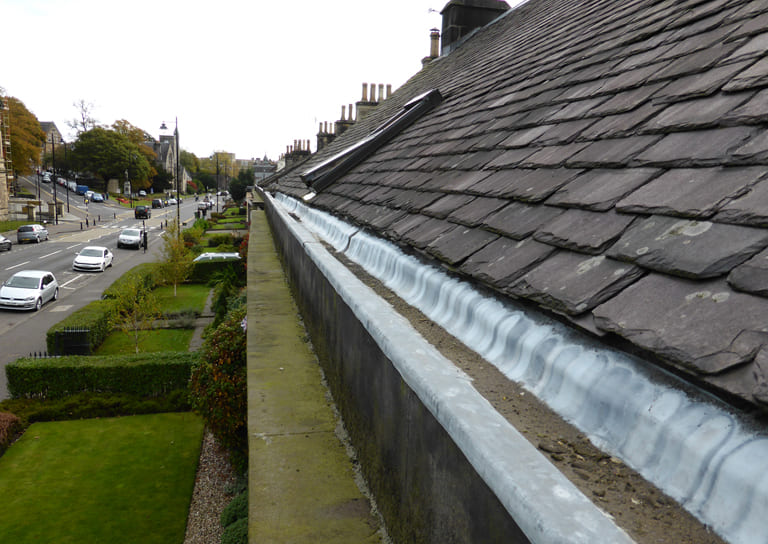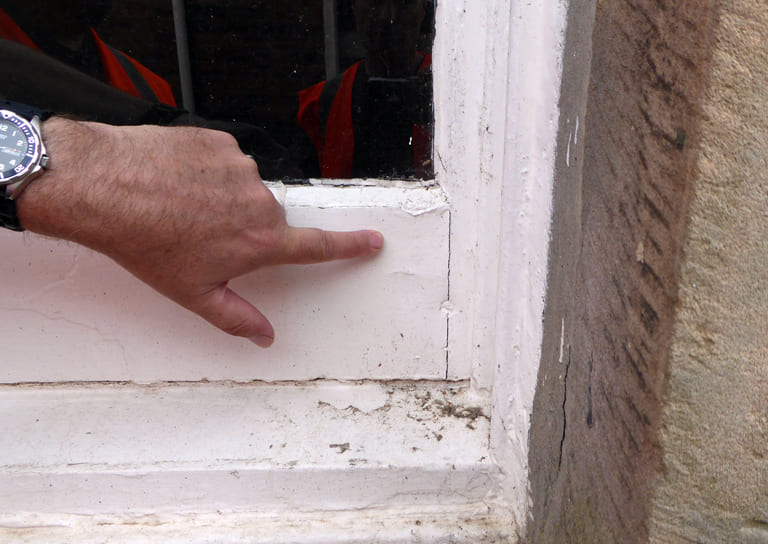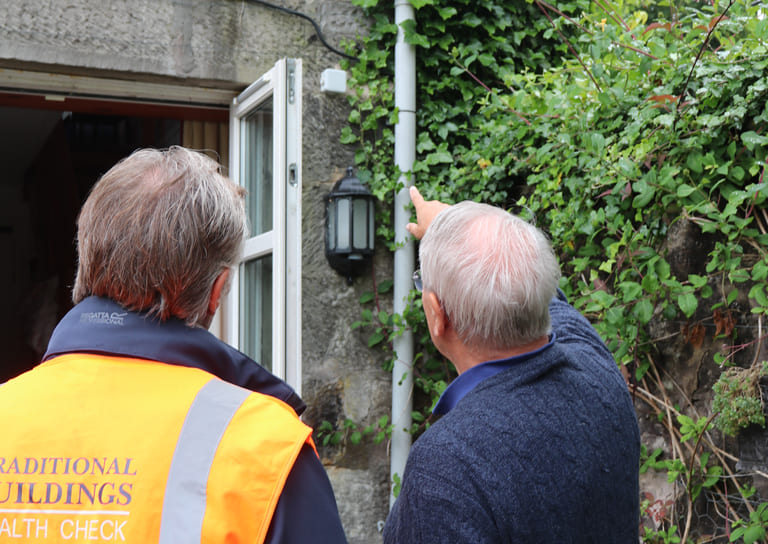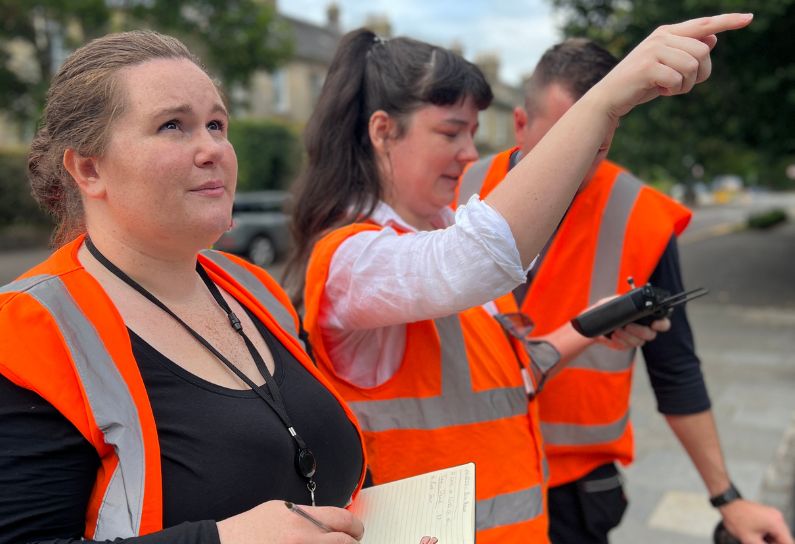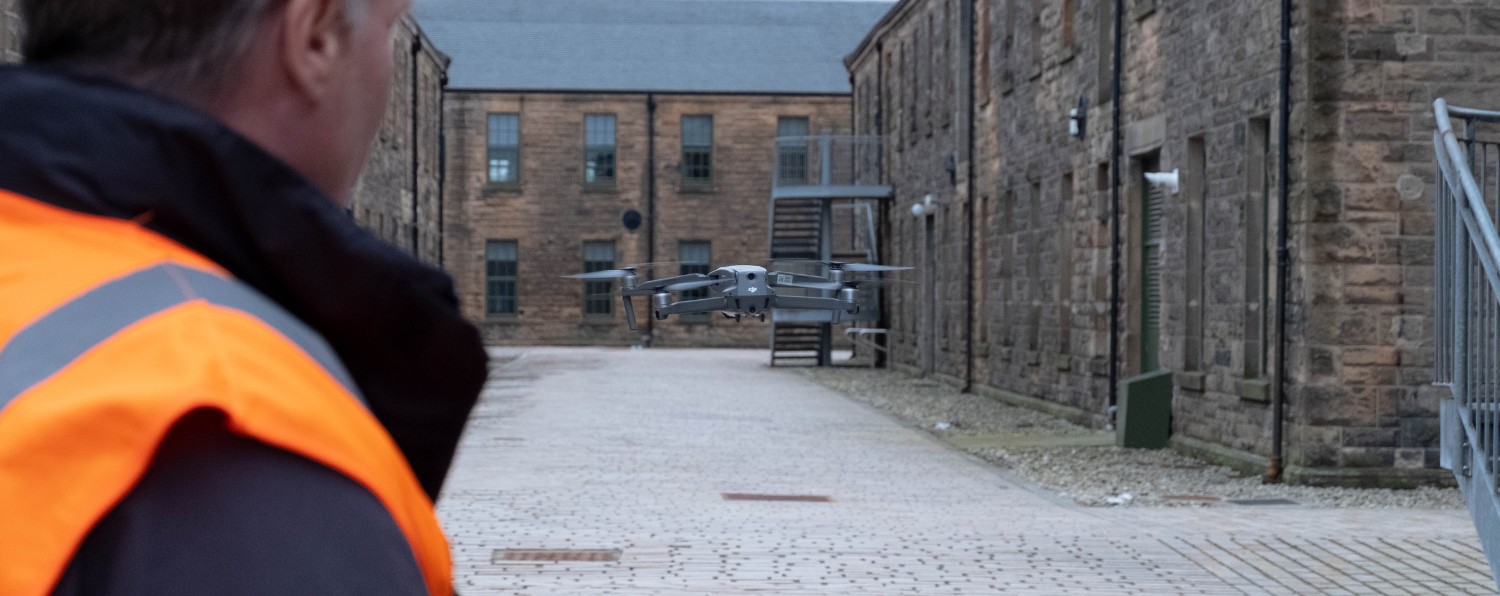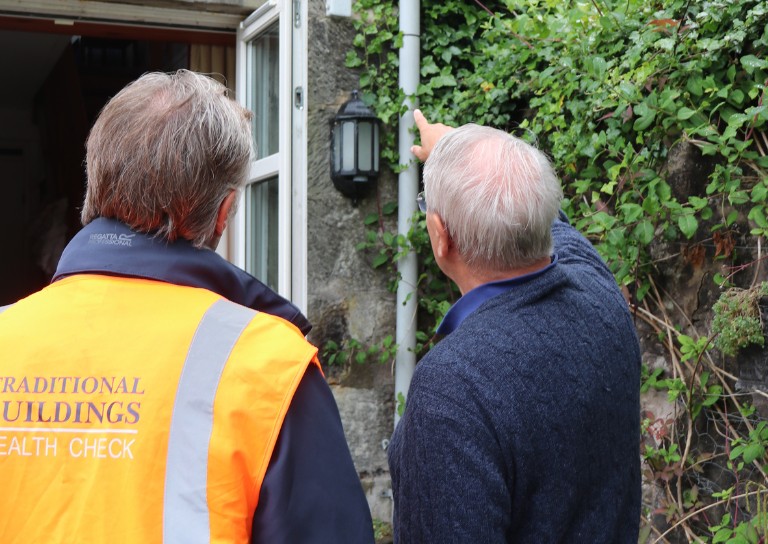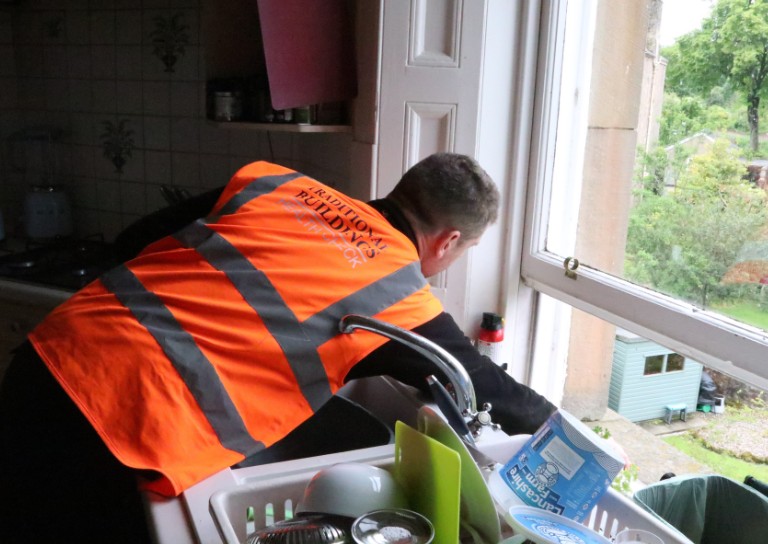Property Inspections
Members of the Traditional Buildings Health Check have access to our subsidised property inspection and condition report service.
Our building inspectors, using drone technology, will carry out a full, comprehensive inspection to assess the condition of the external fabric of your traditional property. The inspection will assess the condition of the roof, chimneys, rainwater goods (gutters and downpipes), the condition of the stonework, windows and doors, and loft space, if this is accessible.
Inspection Costs
Inspection Categories |
Inspection fee |
Membership package |
|---|---|---|
Category A Inspection (Council Tax Band A-F buildings in single ownership and tenements with between 2-4 properties) |
£275 | £300 |
Category B Inspection (Council Tax Band G buildings in single ownership and tenements with 5 or 6 properties) |
£325 | £350 |
Category C Inspection (Council Tax Band H Buildings in single ownership, tenements with 7+ properties and commercial/public buildings) |
Larger properties incur additional charges*. Please contact info@traditionalbuildingshealthcheck.org to get a cost for your property | |
(Membership packages: New members can get £25 off their first inspection by signing up for our Membership Package. This special membership package covers one year’s membership to the scheme and the first subsidised property inspection and condition report.)
You can find out what your council tax band is by visiting: saa.gov.uk
* Larger and complex buildings, such commercial or public buildings, large detached houses and religious buildings involve additional inspection and report writing time. We will asses the additional fee for these buildings on a case by case basis.
How our traditional property inspection service works
The property inspection
The inspection is focused on the external building fabric with the objective of identifying defects and required repairs on the property.
Drone surveys offered as standard, where possible. Depending on the size and complexity of the property, the inspection may take a few hours or a full day. The inspection is restricted to elements which can be seen clearly and no attempt is made to open up or employ any other destructive techniques. The interior of the building is not inspected unless defects have been reported by the owner and/or the inspectors have identified possible concerns during their external inspection.
For multi-occupancy buildings all owners need to be informed of the survey in advance of the inspection.
The property condition report
The inspector will compile an informed and impartial building condition report, which is illustrated and easy to understand.
This will include a prioritised list of recommendations, a full catalogue of the condition of different external aspects of the building and a guide to the next steps in looking after your property.
The report identifies the work needed by placing it in a category of 1, 2 or 3. An element which has been classed as Priority 1 and highlighted in red is something which you must address as a matter of urgency. Failing to do so could cause further deterioration of building fabric.
Follow-up meeting
After reading your report, you can book a meeting with the TBHC team to explain the findings. This is particular vital if any priority 1 works have been identified.
Our follow-up meetings are a chance to ask any questions you might have about the repair and maintenance work needed and discuss the next steps you should take. Our Grants Officer will also be on the zoom call, available on answer any questions on the grant application process and options for funding with you.

